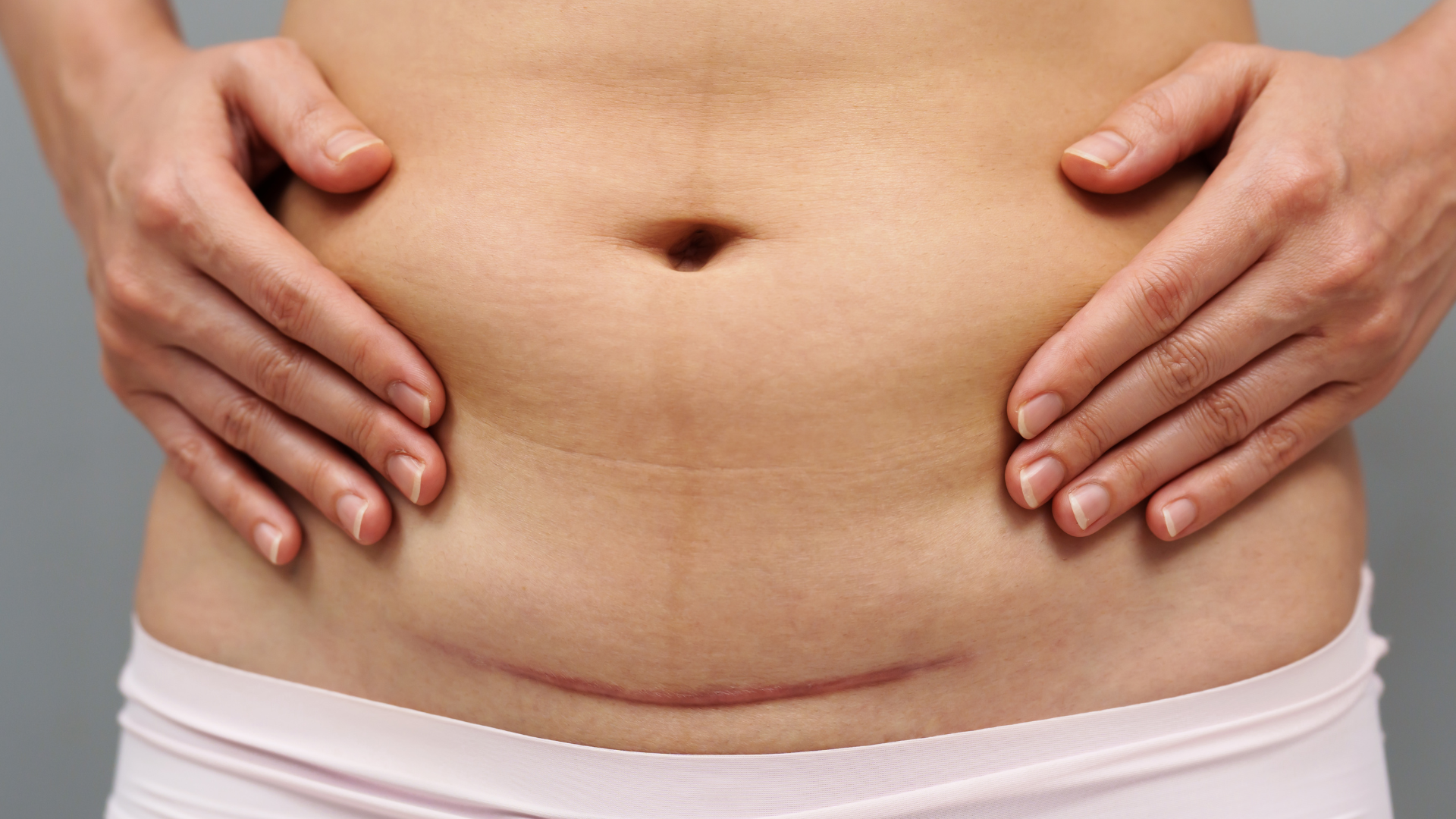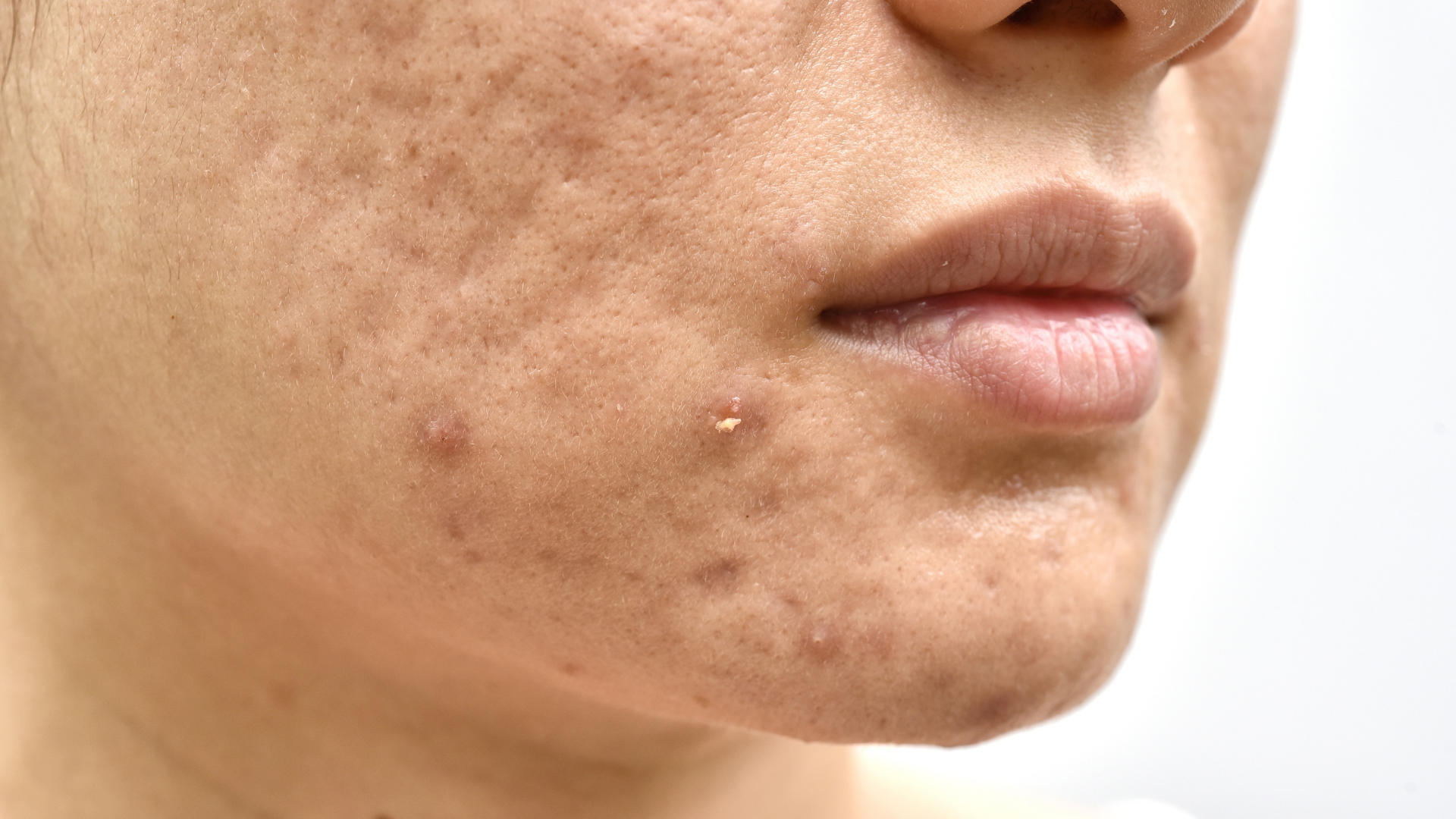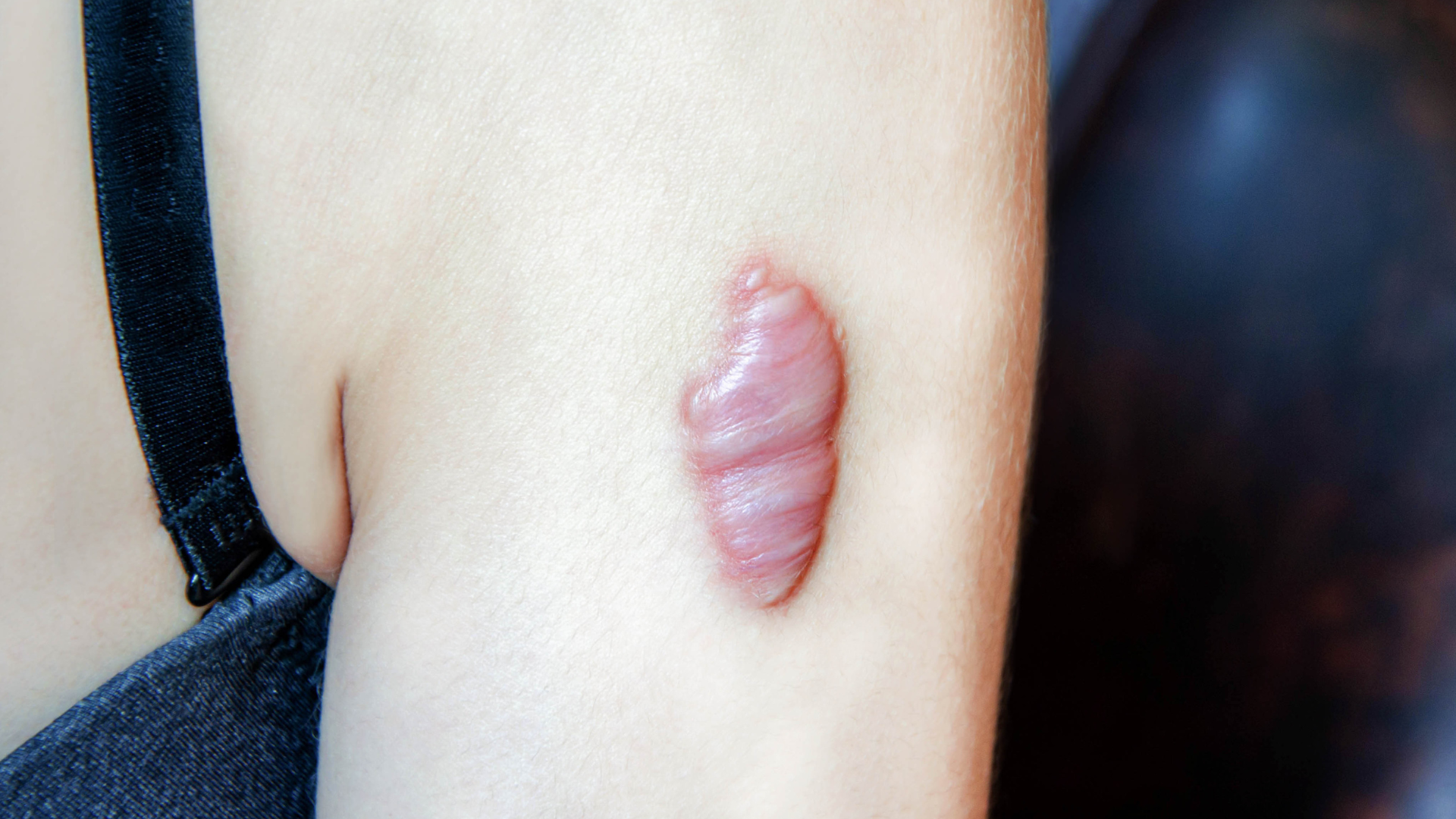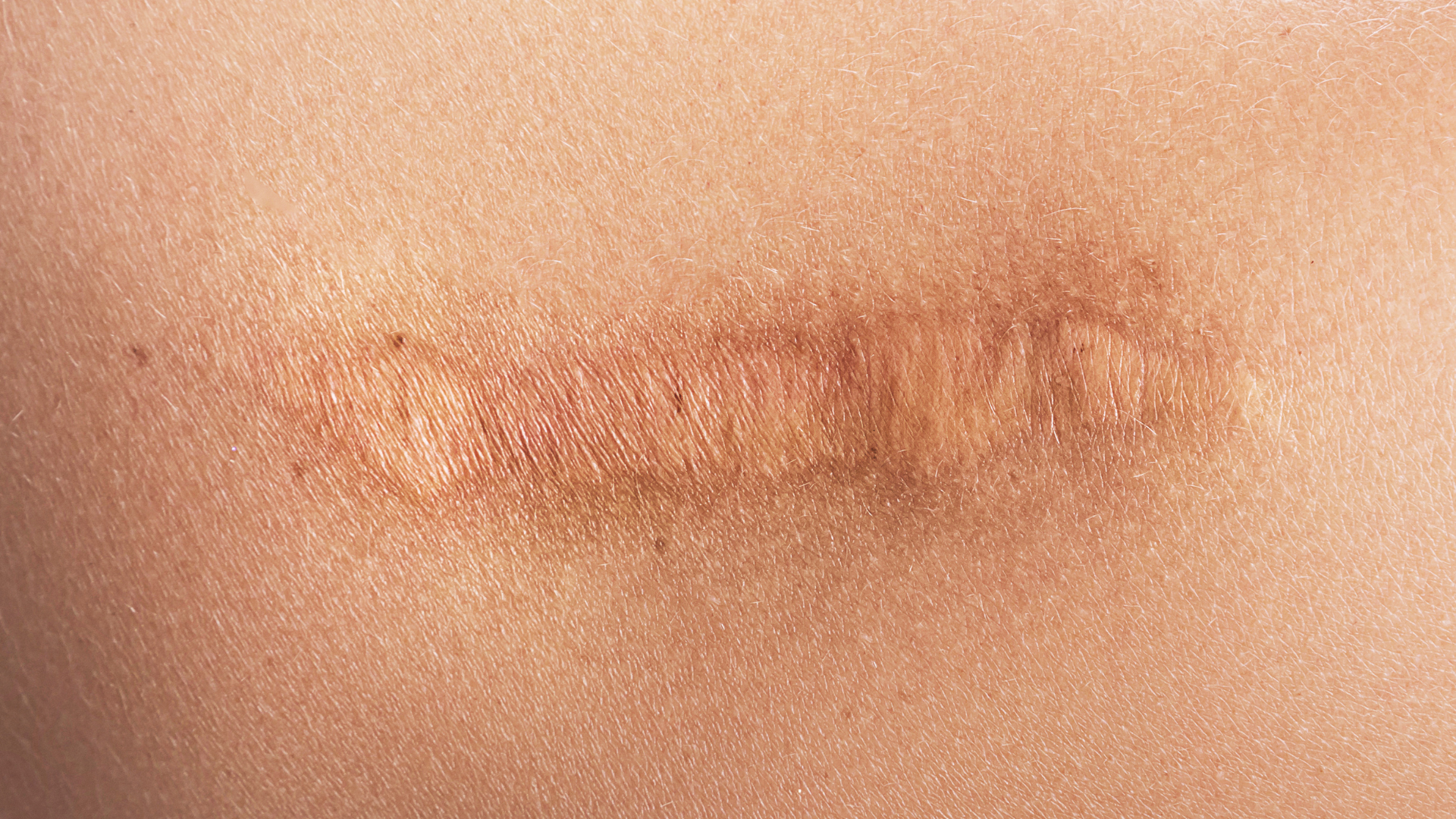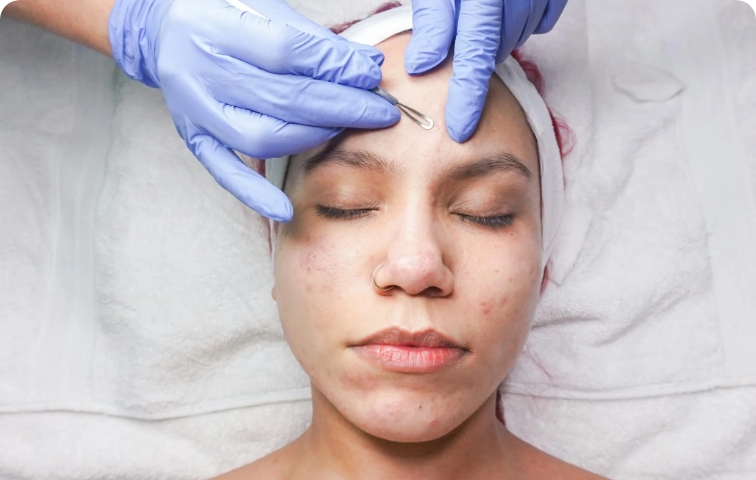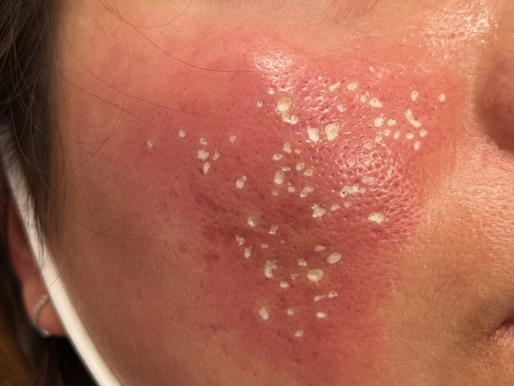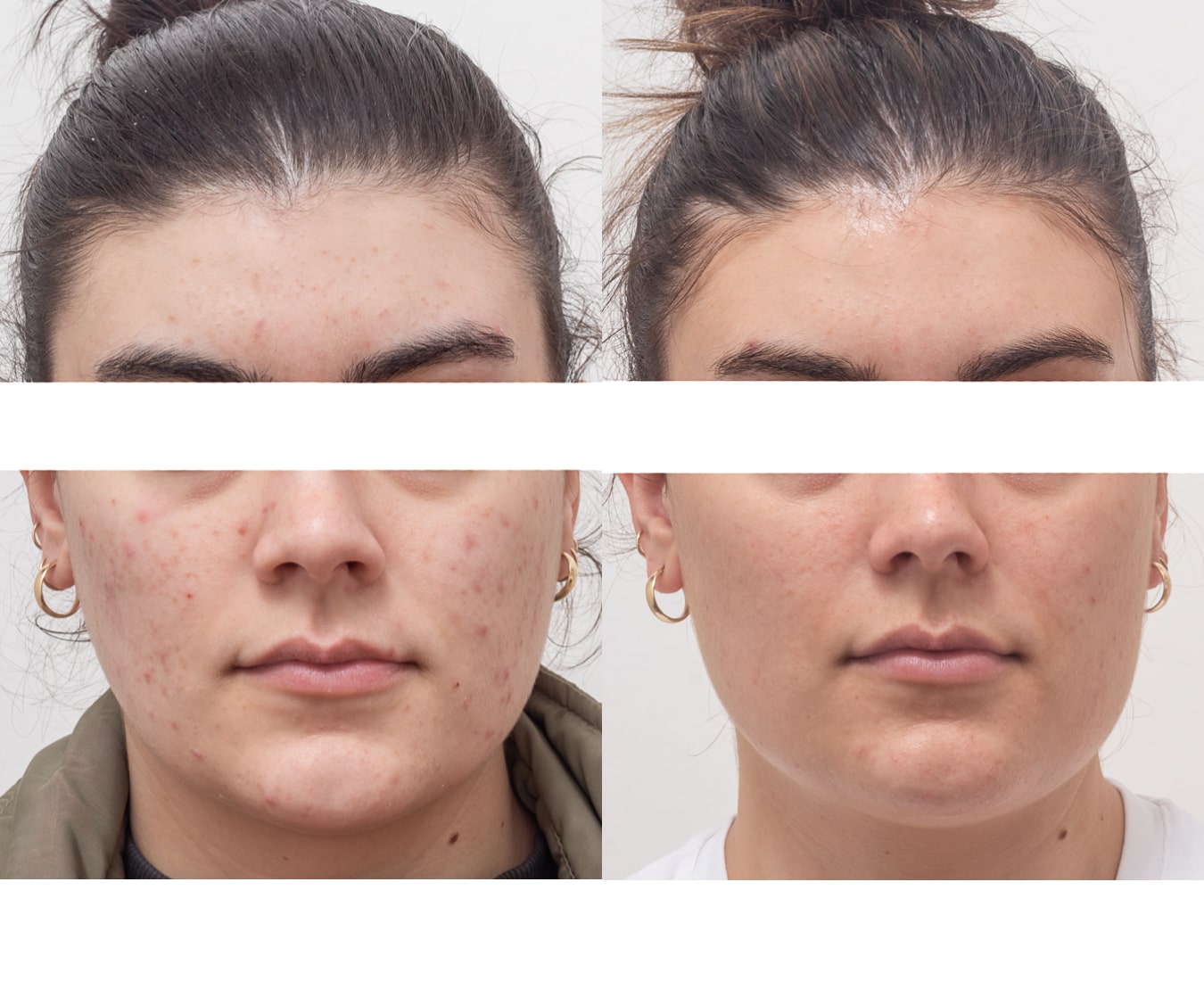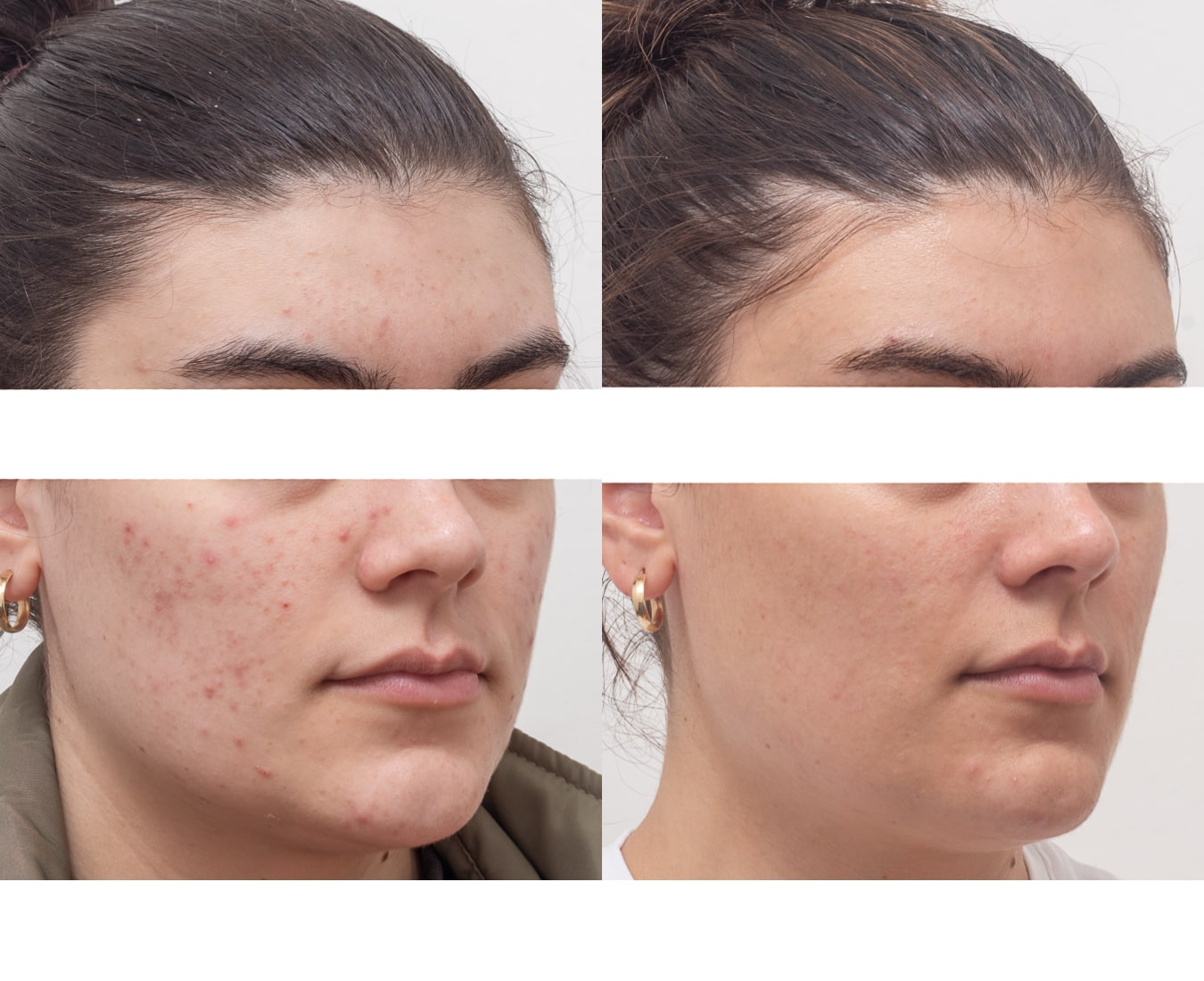A scar forms when the deeper layers of your skin are injured and the body produces collagen to heal the wound. While this process repairs the damage, it often leaves an area of skin that looks or feels different from the surrounding tissue. Scars can result from acne, surgery, burns, cuts, or other trauma.
Although scars are permanent, the right treatment plan can significantly improve their appearance, texture and overall comfort.
Types of Scars
Scars vary widely in their appearance and behaviour. Understanding the type of scar is important in determining the most effective treatment approach.
Acne Scars
Acne scars can develop after moderate to severe breakouts, especially if the skin becomes inflamed or damaged. They may appear as indented (atrophic) scars, raised (hypertrophic) scars, or post-inflammatory pigmentation. Treatments focus on improving skin texture and tone through collagen stimulation, resurfacing, and targeted skincare.
Find our more about: Acne Scars
Atrophic or Depressed Scars
These scars sit below the surface of the skin and often appear as small indentations or uneven texture. They are most commonly caused by inflammatory acne, chickenpox or other deep skin injury. Treatments aim to rebuild collagen and smooth the skin’s surface.
Hypertrophic Scars
These are raised, firm scars that remain within the boundary of the original wound. They often appear red or pink and may feel tight or itchy. Treatments can help flatten these scars and reduce redness or discomfort.
Keloid Scars
Keloids are thicker, raised scars that grow beyond the original wound. They can develop months after the initial injury and are more common in darker skin types. Because they have a higher risk of recurrence, treatment often requires a careful, staged approach.
Find out more about: Keloid Scar Treatments
Surgical or Linear Scars
These occur after incisions or excisions, such as from surgery or mole removal. Depending on how the wound heals, these scars can be flat, raised or slightly indented. Treatments can help soften and blend these scars with the surrounding skin.
Contracture Scars
Often caused by burns or deep wounds, these scars tighten as they heal and can restrict movement. Management may include laser therapy or, in some cases, surgical revision.
Stretch Marks (Striae)
Although technically a form of scarring, stretch marks develop differently, when the skin stretches faster than collagen and elastin can adapt. They often appear as red or white streaks on the abdomen, thighs, hips or breasts. Treatments that rebuild collagen, such as fractional laser and microneedling, can help improve their texture and appearance.
Find out more about: Stretch Marks
Why Scars Form and Persist
Several factors influence how visible or prominent a scar becomes, including:
-
The depth and severity of the original injury
-
Skin type and tone
-
Location of the scar (areas under tension or movement tend to thicken)
-
Delayed healing or infection
-
Genetic tendency towards overactive scarring
Proper wound care and early intervention can greatly reduce the likelihood of scarring.



